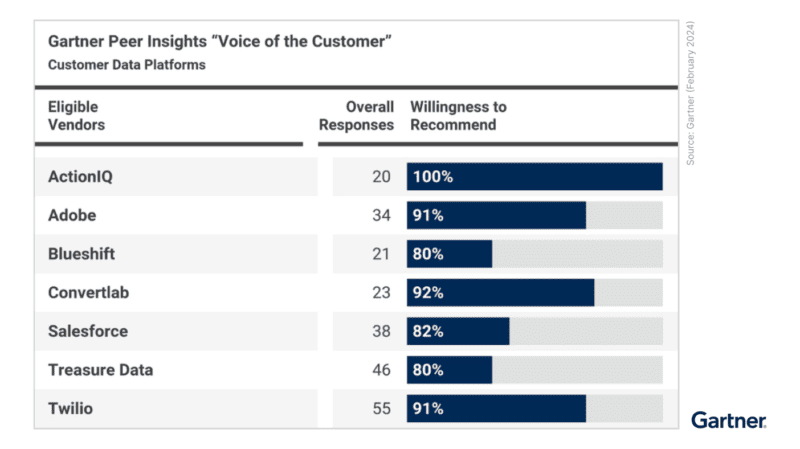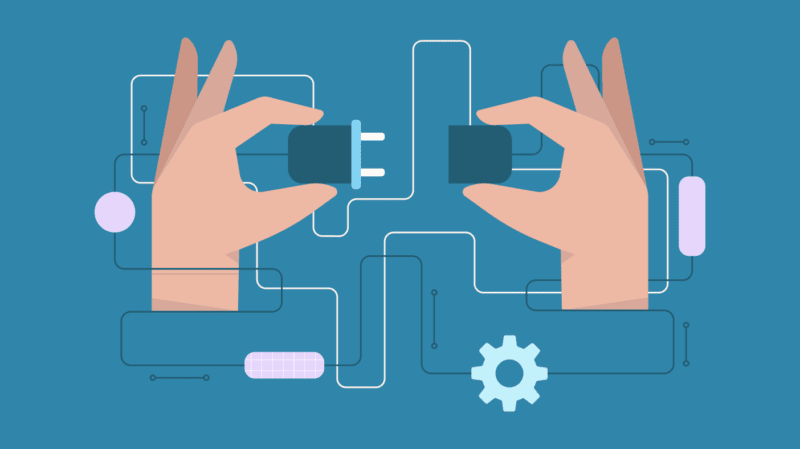DMP Technology is Going Extinct — Now’s the Time to Evolve

The death of third-party cookies has been delayed, but we’re still marching toward a privacy-first future. And the first step you should take is sunsetting your data management platform (DMP).
Google’s plan to phase out third-party cookies has been pushed back from early 2022 to 2024, yet data security and privacy laws and regulations continue to tighten on every web browser around the globe. In response, tech giants are making it harder for brands to track and target consumers.
On the one hand, increased focus on first-party data will mean more value and better opportunities for brands. On the other hand, it means significant change to business as usual — and not just for the ad tech industry.
Now’s the time to figure out the new rules of acquisition strategy and what you can do to win. While your goals may remain the same after third-party cookies are gone for good, how you reach them will have to change as the focus on data security and privacy does as well.
Keep reading to learn why we recommend you start by you should start by sunsetting your DMP now.
DMP Technology is Going Extinct — Now’s the Time to Evolve
Google Killed the DMP Star
Gartner made its stance on DMPs clear in its 2020 report, “The Data Management Platform Endgame.” Acknowledging that DMPs have long been marketers’ go-to source for digital ad targeting and measurement, the global research and advisory firm admitted that “the cookie data that fuels these systems is disappearing.”
In short, Gartner encouraged brands to think hard about investing in DMPs and to seek out new ways to power their acquisition marketing efforts that don’t rely on tracking third-party cookies. You might think major DMP vendors such as Adobe, Salesforce and Oracle would object, but even they see the writing on the wall.
In a recent publication, Adobe said that DMPs “will be phased out as a result of industry changes.” And now marketing cloud vendors that once referred to customer data platforms (CDP) as a “passing fad” are urging customers to make the switch.
Just ask Salesforce, which recently confirmed its Audience Studio DMP is no longer available for sale (and as of Dreamforce 2022, Salesforce still has no alternative) — yet another signal that this technology is going extinct. As an analyst from Gartner put it concerning the news: Brands “will apparently have to look elsewhere for post-cookie solutions….”
The truth is high costs and questionable accuracy have always hampered the usefulness of DMPs, and now, with their third-party cookie foundation set to disappear as a result of Google’s decision, their long-term value is negligible.
Unfortunately, that doesn’t turn back time. Even as far back as 2018, nearly 80% of marketing and digital media professionals reported using a DMP to gather user data. As we get closer to a post-cookie world, the vast majority of organizations — from ad tech firms to retail companies — will need to find a new solution.
Prepare to Cut the Cord on Your DMP Tool
So how do you keep executing on your DMP use cases — such as prospecting, retargeting and real-time web personalization — without a DMP? You do what your industry peers are doing and deploy a CDP. (Learn more about the topic of CDP vs DMP.)
Nearly 62% of marketers say they’re strategizing around first-party data to prepare for third-party cookie deprecation — and 67% are relying on CDP technology to do so.
We recommend a two-phase process to sunset your DMP technology:
- In phase one, you deploy a CDP and make it the command center of your marketing and advertising activities while integrating it with your DMP to activate data across downstream systems, such as publishers and demand-side platforms (DSP). Phase one lasts as long as you need to keep your DMP around, with it acting as nothing more than an integration tool.
- In phase two, when your DMP contract has expired or you’ve left it behind, you integrate your CDP with all the downstream destinations required for your business via direct and partner integrations, allowing you to pull the plug on your DMP entirely.
Choose Your Data Management System Wisely
As vendors rush to get out of the DMP game and struggle to keep their customers, you may find yourself receiving offers that seem too good to be true. That’s because they are.
For example, if you currently use a marketing cloud DMP, your vendor will propose eliminating your DMP bill if you invest in their CDP. While this incentive may sound nice, remember that these vendors are offering to give away something that has no future anyway. What they’re really trying to do is lock you into their ecosystem, forcing you to only use their solutions for customer data and beyond.
Not all CDPs are created equal (check out our CDP Market Guide). While lots of technology vendors call their solutions CDPs, it’s crucial to understand who their intended users are and what capabilities they actually provide. Many marketing cloud vendors only recently started building CDPs in house and typically still rely on DMP technology for certain functions beyond integrations to advertising channels and DSPs, such as lookalike modeling.
When you begin to evaluate your options, zero in on solutions that give you the enterprise-grade scalability, flexibility, connectivity and privacy controls you need. (See our Enterprise Guide to Building a Better CX Stack).
And keep in mind that in the cookieless future, CDPs are not a one-to-one substitution for DMPs. With third-party cookies living on borrowed time, you’ll need to reevaluate your current digital marketing strategy and determine how to adjust — or fully replace — current activities to work on first-party data.
You may have let out a sigh of relief following Google’s plan to postpone phasing out third-party cookies, but DMPs are still on the chopping block. No matter how much your organization relies on DMP technology today, at best it will become just another data source for your CDP in the future.
Every organization should be taking steps to prepare for the future (hint: we’re confident a CX Hub and a CDP will play a part). Switching technologies is never without risk or expense, but brands have been given a chance to get out ahead of the death of the cookie and prepare for what comes next.
Use this as an opportunity to refine your strategy and the technology that powers it.
Prepare to Sunset Your DMP Technology
Download our Customer Data Platform Market Guide or contact our experts to learn more about CDPs, how they differ from DMPs and where they fit in your martech stack.





